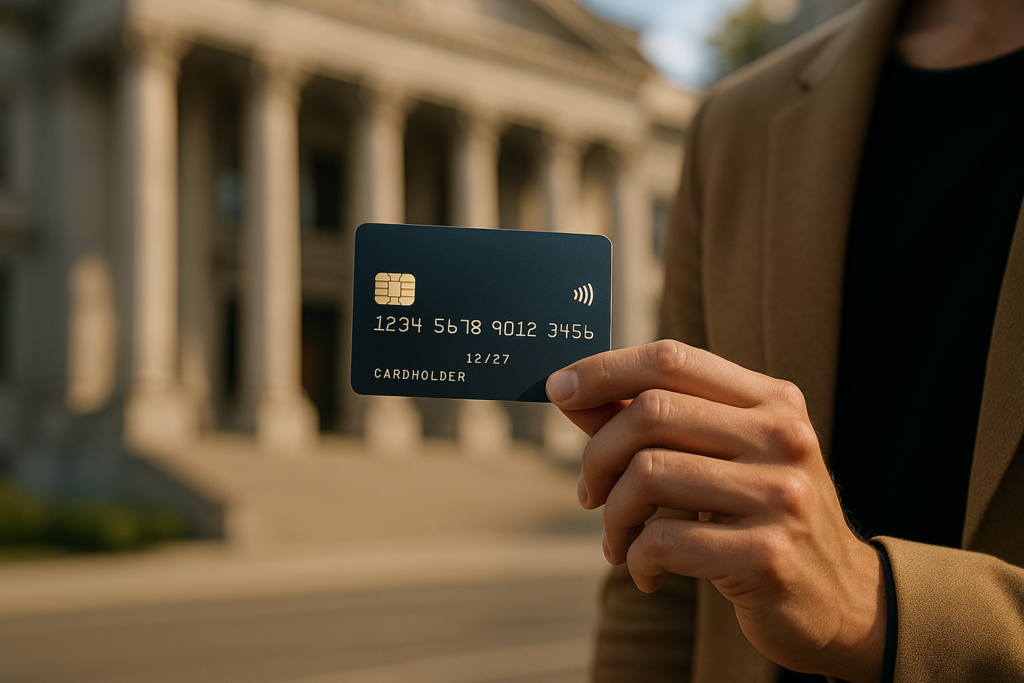Government-backed credit card schemes are designed to promote financial inclusion, incentivize certain behaviors, or support specific sectors of the economy. If you’re considering applying for a government credit card, understanding how these schemes work, their benefits, eligibility criteria, and limitations is crucial. In this comprehensive guide, we’ll explore the most prominent government credit card schemes, their features, and what you need to know before you apply.
Overview of Government-Initiated Credit Card Schemes
Unlike regular consumer credit cards, government schemes often come with targeted benefits aimed at particular segments such as students, pensioners, farmers, or small entrepreneurs. These schemes are usually launched by national or state governments in partnership with banks or financial institutions.
Some of the core objectives include increasing financial penetration, promoting cashless transactions, supporting sectors like agriculture, or providing affordable credit facilities. They may also offer special discounts, cashback, or rewards tailored to the needs of specific groups.
Prominent Government Credit Card Schemes in India
India has several government schemes that facilitate credit card use with unique features. Here are a few notable ones:
- Federal Signet RuPay Card: This card is designed to promote UPI and digital payments among the masses, especially targetting rural and semi-urban segments. It offers cashback and reward benefits for digital transactions.
- Bank of Baroda Easy Credit Cards: These are aimed at increasing financial inclusion, offering no annual charges and simplified eligibility for underserved segments.
- IndusInd Platinum Aura Edge: Though not directly a government scheme, some banks, including government-owned banks, offer similar low-cost credit products for students and low-income groups with special rewards.
Key Features of Government Credit Card Schemes
Before applying, it’s important to understand the typical features associated with these schemes:
- Target Audience: Usually aimed at students, pensioners, farmers, low-income earners, or small business owners.
- Low or Zero Annual Fee: Many government schemes ensure minimal costs, making them accessible to financially vulnerable groups.
- Reward & Cashback Benefits: Rewards are often linked to digital payments, utility bill payments, or government-related transactions.
- Enhanced Credit Limits: Some schemes provide higher credit limits to encourage credit usage among the target group.
- Special Discounts: Access to discounts on utility bills, government services, or public transport.
Eligibility Criteria & Application Process
Typically, eligibility for government credit card schemes is based on:
- Age (e.g., 18-35 for student schemes)
- Income proof or pensioner status
- Residency in certain regions or districts
- Possession of necessary documents such as ID proof, address proof, and income proof
Application procedures often include:
- Online application through bank websites or government portals
- In-person submission at bank branches or designated centers
- Verification of documents and credit assessment
For specific schemes, such as the Federal Signet RuPay Card, you can apply online via the respective bank’s portal or the official government website for digital transactional elevation.
Pros & Cons of Government Credit Card Schemes
Pros
- Affordable or no annual fee options make it accessible.
- Designed specifically for underserved or targeted groups, reducing barriers to credit.
- Enhanced rewards for digital payments encourage cashless transactions.
- Discounts and cashback on essential services can provide financial relief.
Cons
- Limited eligibility, primarily targeting specific demographics.
- Smaller or less flexible credit limits compared to commercial cards.
- May lack premium features found in private-sector credit cards.
- Application and verification process can be bureaucratic and lengthy depending on the scheme.
FAQs About Government Credit Card Schemes
1. Are government credit card schemes free?
Many schemes offer zero or minimal annual fees, especially for targeted groups like pensioners or students. However, some may have nominal charges for certain benefits.
2. How do I know if I’m eligible for a government scheme credit card?
Eligibility criteria vary, but generally, beneficiaries are identified through government records like pension lists, income levels, or residency proofs. Check the specific scheme’s official portal for detailed eligibility.
3. Can I apply for multiple government credit schemes?
Yes, if you meet the eligibility for more than one scheme, you can apply. However, it’s advisable to evaluate which offers maximum benefits for your needs.
4. What should I do if my application is rejected?
Application rejections can occur due to incomplete documentation or credit assessment failure. Review the rejection reasons, improve your credentials or credit profile, and reapply.
5. How can I manage and optimize benefits from government schemes?
Stay updated on scheme-specific offers by visiting official portals, use the card for eligible transactions, and regularly check reward points or cashback credits to maximize benefits.
Understanding the nuances of government credit card schemes can help you leverage their benefits effectively. If you’re eligible, applying can be a simple way to access affordable credit and promote digital payments. To explore the latest offers and compare credit cards suited for your needs, visit our home page or find my card section. Smart choices today can positively impact your financial journey tomorrow.

